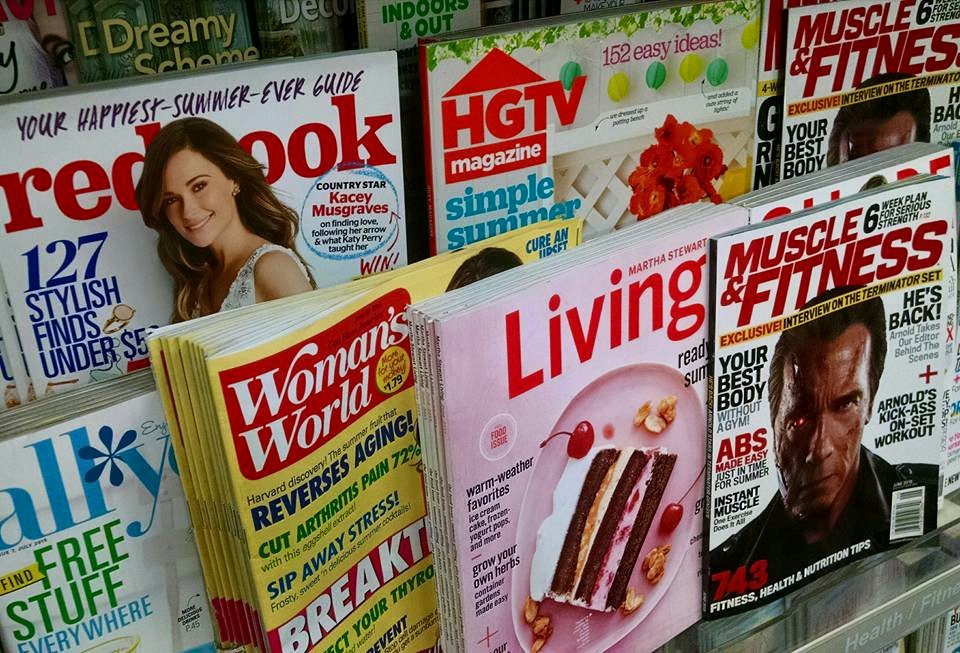How to Drive an Editor Crazy, Part 2
By Lori Hatcher
I’m a magazine editor. Every day I receive submissions from writers. Some are stellar and others, not so much. While there are many factors that determine whether I accept a submission, writers who follow a few simple guidelines are much more likely to see their writing in print. In Part 1 of this series, (How to Drive an Editor Crazy, Part 1) I shared two things that drive editors crazy. This time, in case you’re considering career suicide, I’ll share a few more. If you’re a smart writer and avoid these pitfalls, you’ll be well on your way to making your editor smile AND seeing your work in a magazine.
How to Drive an Editor Crazy, Part 2
- Quote facts without attribution.
If you say, “Haiti is spiritually and economically depressed because its citizens signed a pact with the devil,” you’d better have a credible source to back this up. Publications will differ on how they want you to document your sources. Some prefer insource notation, others want footnotes or end notes, but they all agree—undocumented facts are a sign of sloppy journalism. And please don’t begin a sentence with “According to . . .” Recast the sentence if necessary, but figure out a less formulaic way of quoting your source.
- Use the word that
That in some sentences is a relative pronoun that introduces an adjective clause. Other times, that is superfluous. A good test to determine whether the word is necessary is to delete it and see if the sentence still makes sense.
Example: The first sight that I saw was a dog running toward me.
Example: I went to the store that had the birthday cake in the window.
In the first example, I can remove the word that without changing the meaning of the sentence. In the second, I cannot.
- Use the plural pronoun they with a singular subject.
Example: When a student doesn’t want to go to gym class it’s usually because they hate dressing out in front of others.
Writers do this because they don’t want to use the dreaded and awkward he/she. As noble as their motive is, however, it’s never OK. One way to avoid this is to pick a gender and use it throughout, knowing your readers will understand that your thoughts apply to both genders.
Example: When a student doesn’t want to go to gym class, it’s usually because he hates dressing out in front of others.
Another way to avoid this is to use the plural in both cases.
Example: When students don’t want to go to gym class, it’s usually because they hate dressing out in front of others.
Professional writers take note of incorrect grammar and usage and provide proper attribution whenever they quote sources. Watching for these errors and correcting them before we submit our work will ensure we never, ever, ever drive our editors crazy.
Lori Hatcher is the editor of Reach Out, Columbia magazine and the author of the devotional book Hungry for God…Starving for Time, 5-Minute Devotions for Busy Women. A blogger, writing instructor, and women’s ministry speaker, her goal is to help women connect with God in the craziness of life. You’ll find her pondering the marvelous and the mundane on her blog, Hungry for God…Starving for Time. Connect with her on Facebook, Twitter (@LoriHatcher2), or Pinterest (Hungry for God).






3 Comments
Thank you for these reminders. It is always so nice to here what editors really want.
Besides ‘According’ to most writers when a writer makes a mistake ‘they’ want to know it ahead of time ‘that’ is wrong. Sorry couldn’t help myself.
Thank you Lori. This post was informative.
Thanks Lori. The first manuscript I gave my wife was littered with “that.” I don’t know how many she removed, but the writing became a lot tighter after her initial edit.